I have sheets that autocalculate the P&L for each project. At the moment they're using a fixed salary, but I'd like to change it to incorporate any future salary changes. The project duration is Sequenced from L1 based on a duration parameter in E2 using =EDATE($C$2, SEQUENCE(1, $E$2, 0))
Each cell in column L sequences through the duration, calculating the relevant values.
The formula for the salary costs refences the dataset below which is also automatically generated from data in another sheet using =FILTER(FILTER(AllStaffProjectAllocationTbl,AllStaffProjectAllocationTbl[Project Code Name]=B2), {1,0,0,1,1,1,0,0,0,1,0,0,0,1,0,0,0,0}) and can have a variable number of entries:
The current formua for calculating the salary costs in L7 (from the first image) that someone on here kindly helped me with is =MMULT(SEQUENCE(1,ROWS($A$18#),1,0),($L$1#>=OFFSET($A$18#,0,3,,1))*($L$1#<=OFFSET($A$18#,0,4,,1))*OFFSET($A$18#,0,5,,1)) and uses the column F (which I'm hoping to remove) from the second image .
I've got a new set of data in the table EmployeeSalaryTbl for the salaries here (I had to add in the made up end date of 31/12/9999 for now to ensure calculations work below. Ideally, this would be blank, and I'd check for that in the below calculation):
I've begun modifying the MMult function in L7 to do the following:
- Sequence for the duration of the project
- Check if the employees from A18 onwards are on the project for the given month starting from L1
- If they are then find the salary that falls within the date range from the EmployeeSalaryTbl and add them all together for the month.
This is what I have so far but unfortunately it's giving me an error:
=MMULT(SEQUENCE(1,ROWS($A$18#),1,0),IF(AND(($L$1#>=OFFSET($A$18#,0,3,,1))*($L$1#<=OFFSET($A$18#,0,4,,1))),SUMIFS(EmployeeSalaryTbl[Salary Monthly], EmployeeSalaryTbl[Employee],$A$18#, EmployeeSalaryTbl[Salary Start Date],"<="&$L$1#, EmployeeSalaryTbl[Salary End Date],">="&$L$1#),0))
The data for the Project defined by image 2 is:
| Employee | Role | Discipline | Start Date | End Date | Salary Monthly |
|---|---|---|---|---|---|
| Bob | Senior Programmer | Programming | 12/01/2020 | 06/05/2020 | £4,333 |
| Dave | Mid Level Programmer | Programming | 01/02/2020 | 30/05/2020 | £3,167 |
| Peter | Senior Programmer | Programming | 01/01/2020 | 31/01/2020 | £4,583 |
| Jack | Junior Programmer | Programming | 01/02/2020 | 30/06/2020 | £2,083 |
| Richard | Senior Artist | Art | 01/03/2020 | 30/04/2020 | £3,750 |
| Rodney | Lead QA | QA | 01/03/2020 | 30/06/2020 | £4,333 |
| Proj 1 - Hire 1 | Senior Producer | Production | 01/02/2020 | 30/05/2020 | £3,458 |
| Roger | QA | QA | 01/01/2020 | 30/04/2020 | £1,667 |
| Wesley | Mid Level Programmer | Programming | 01/02/2020 | 31/05/2020 | £3,750 |
| Rachel | Senior Artist | Art | 01/01/2020 | 30/06/2020 | £3,333 |
| Proj 1 - Hire 2 | Lead Programmer | Programming | 01/01/2020 | 31/07/2020 | £4,417 |
And the data in for the EmployeeSalaryTbl is:
| Employee | Salary Start Date | Salary End Date | Salary | Salary Monthly | Salary Daily |
|---|---|---|---|---|---|
| Bob | 01/01/2020 | 31/03/2021 | £52,000 | £4,333 | £199 |
| Bob | 01/04/2021 | 31/03/2022 | £55,000 | £4,583 | £211 |
| Bob | 01/04/2022 | 31/12/9999 | £58,000 | £4,833 | £222 |
| Dave | 01/01/2020 | 31/03/2021 | £38,000 | £3,167 | £146 |
| Dave | 01/04/2021 | 31/12/9999 | £42,000 | £3,500 | £161 |
| Wesley | 01/01/2020 | 31/12/9999 | £45,000 | £3,750 | £173 |
| Jack | 01/01/2020 | 31/12/9999 | £25,000 | £2,083 | £96 |
| Richard | 01/01/2020 | 31/12/9999 | £45,000 | £3,750 | £173 |
| Rodney | 01/01/2020 | 31/12/9999 | £52,000 | £4,333 | £199 |
| Proj 1 - Hire 1 | 01/01/2020 | 31/12/9999 | £41,500 | £3,458 | £159 |
| Roger | 01/01/2020 | 31/12/9999 | £20,000 | £1,667 | £77 |
| Steve | 01/01/2020 | 31/12/9999 | £27,000 | £2,250 | £104 |
| Rachel | 01/01/2020 | 31/12/9999 | £40,000 | £3,333 | £153 |
| Peter | 01/01/2020 | 31/12/9999 | £34,000 | £2,833 | £130 |
| Sarah | 01/01/2020 | 31/12/9999 | £22,000 | £1,833 | £84 |
| Chloe | 01/01/2020 | 31/12/9999 | £33,000 | £2,750 | £127 |
| Matthew | 01/01/2020 | 31/03/2021 | £23,000 | £1,917 | £88 |
| Matthew | 01/04/2021 | 31/12/9999 | £28,000 | £2,333 | £107 |
| Proj 1 - Hire 2 | 01/01/2020 | 31/12/9999 | £36,000 | £3,000 | £138 |




